Amazing Caves of India - Ajanta and Ellora Caves
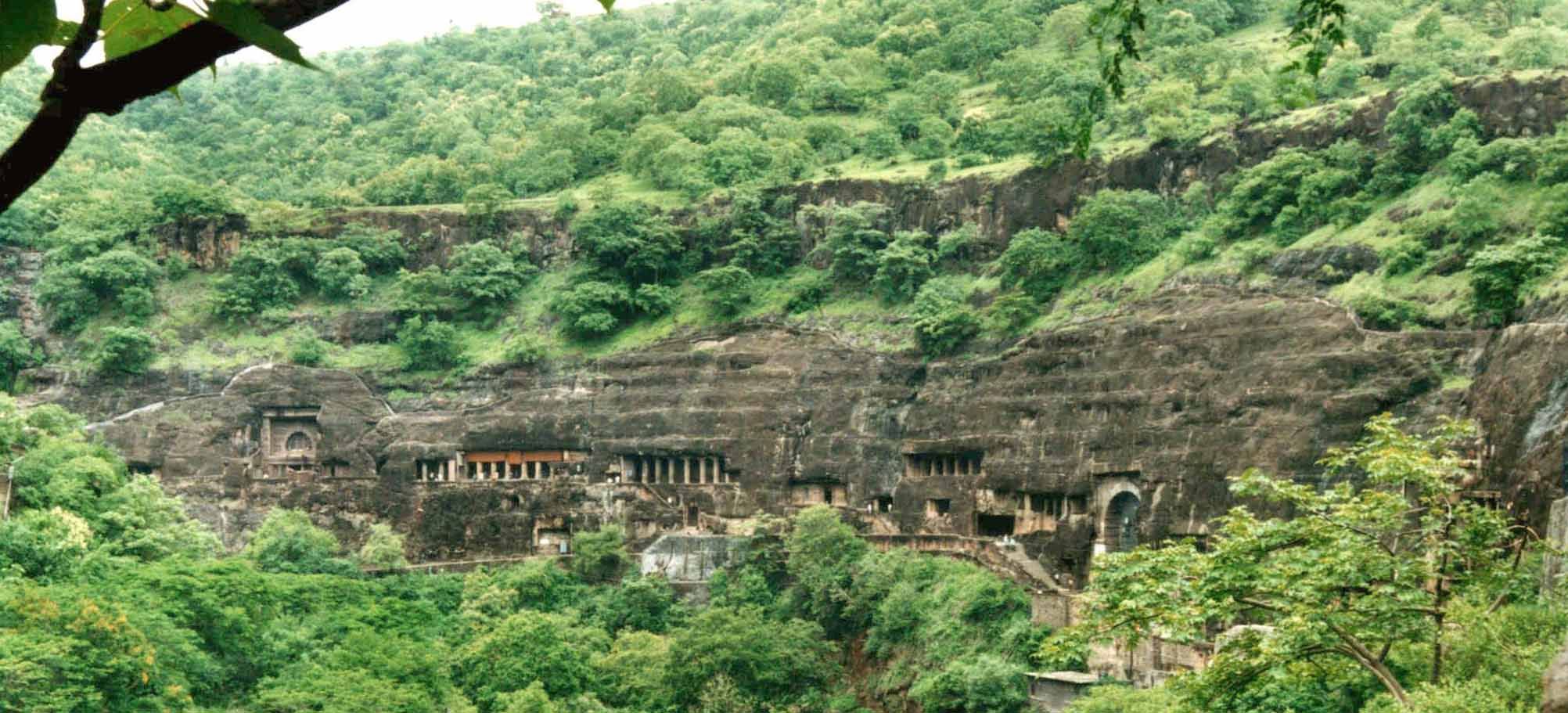
The Ajanta Caves in Aurangabad district of Maharashtra state of India are about 29 rock-cut Buddhist cave monuments which date from the 2nd century BCE to about 480 or 650 CE. A set of 29 caves, Ajanta is among the finest examples of some of the earliest Buddhist architecture, cave paintings and sculptures. These caves comprise Chaitya halls or shrines, dedicated to Lord Buddha and Viharas or monasteries, used by Buddhist monks for meditation and the study of Buddhist teachings.
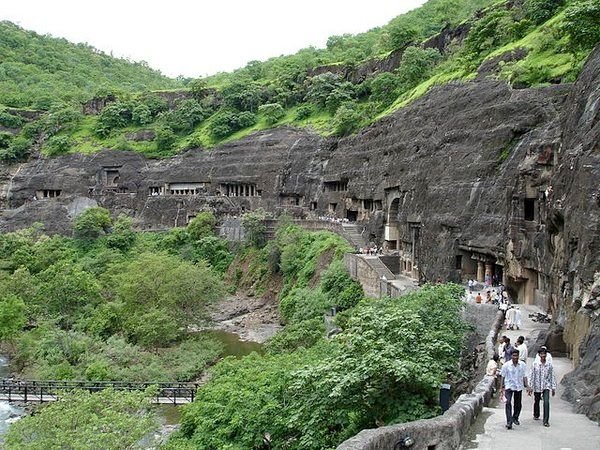
The paintings that adorn the walls and ceilings of the caves depict incidents from the life of lord Buddha and various Buddhist divinities.The technique employed in the frescoes was to spread on the rough surface of the rock a layer of clay mixed with cow- dung and rice-husks. Sometimes pounded brick mixed with fibre was added.This cave contains the famous fresco of ‘The Dying Princess’. The Ellora Caves are unique because the visitor can see three styles of architecture at one place, 12 Buddhist, 5 Jain and 17 Brahmanical caves being located here side by side.
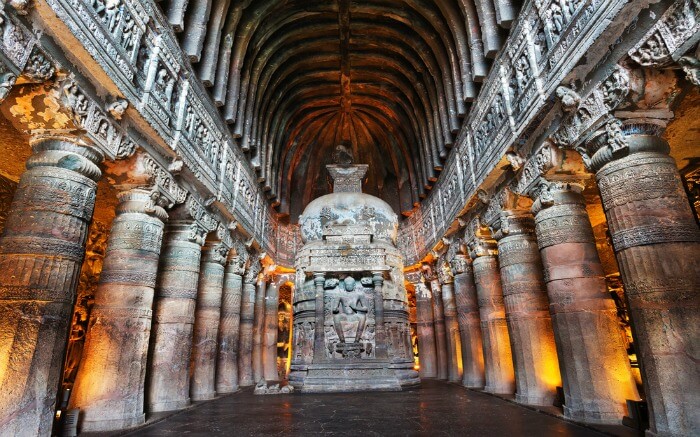
According to UNESCO, these are masterpieces of Buddhist religious art that influenced Indian art that followed. The creative use of colour and freedom of expression used in depicting human and animal forms makes the cave paintings at Ajanta one of the high watermarks of artistic creativity.
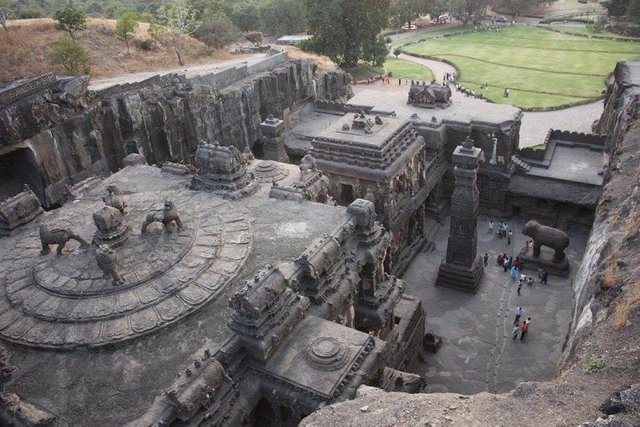
Ellora caves are located in the Indian state of Maharashtra. They are about 29 kilometres from the city of Aurangabad, 300 kilometres from Mumbai, and about 100 kilometres from Ajanta Caves.Ellora is one of the largest rock-cut monastery-temple caves complexes in the world, and a UNESCO World Heritage Site in Maharashtra, India. The site presents monuments and artwork of Buddhism, Hinduism and Jainism from the 600-1000 CE period. Cave 16 of Ellora features the largest single monolithic rock excavation in the world, the Kailasha temple, a chariot shaped monument dedicated to Shiva.The caves served as monasteries for monks, temples for prayers and a place for pilgrims to rest.

The Ellora preserved as an artistic legacy that will continue to inspire and enrich the lives of generations to come. Not only is this cave complex a unique artistic creation and an excellent example of technological exploit but also, with its sanctuaries devoted to Buddhism, Hinduism and Jainism, it illustrates the spirit of tolerance that was characteristic of ancient India.At the entrance of the first of Ajanta caves, you will be greeted by a tall image of the Buddha. The doorway to the cave is decorated with auspicious motifs and the cave has numerous sculptures and paintings of Bodhisattvas Padmapani and Vajrapani; carvings of princesses, lovers, maids and dancing girls; scenes depicting the Persian Embassy, Golden Geese, Pink Elephants and Bull Fights.

Ajanta is incredible place to visit. People are often confused with Ajanta and Ellora Caves and feel its the same place with same history. Well this place is awesome.Who loves to travel and have dream to visit Ajanta Ellora they surely like this post because Ajanta and Ellora cave has ancient paranomic view of India.Arts lover should visit this place.
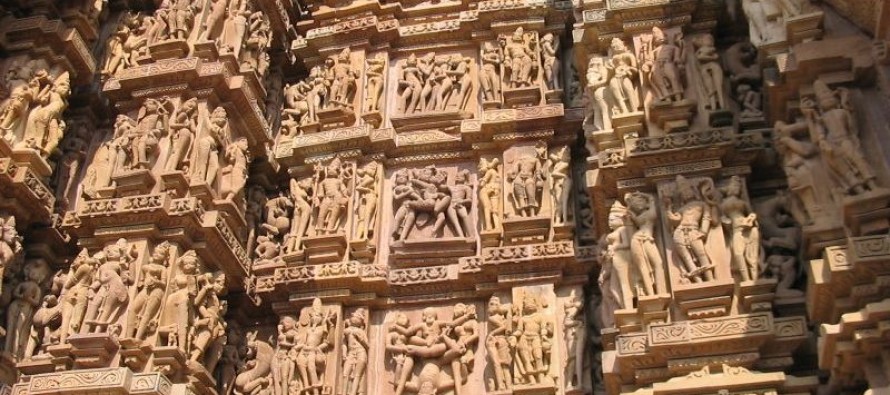
Ajanta and Ellora is open throughout the year but as we all know winter is best session for any place. The tempurature during winter drop to 10 degree which is refreshing. The summer session is challenging with around 46-degree.
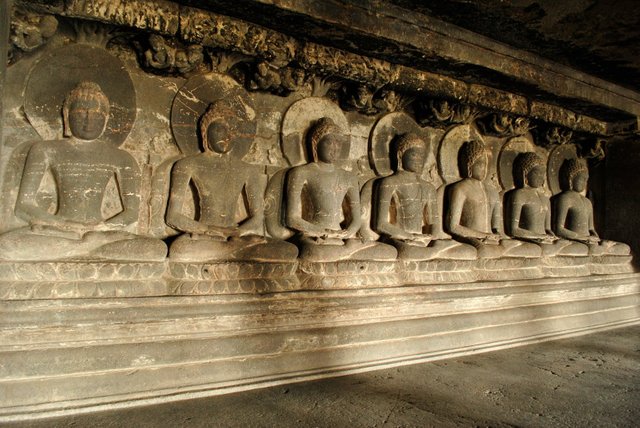
So, come and experience this incredible place.
Caves are fascinating. Been inside a few. Wrote a piece on caves in Jamaica at
https://oletimesumting.com/2016/07/12/caves-and-sinkholes-havens-of-freedom-and-deathtraps/